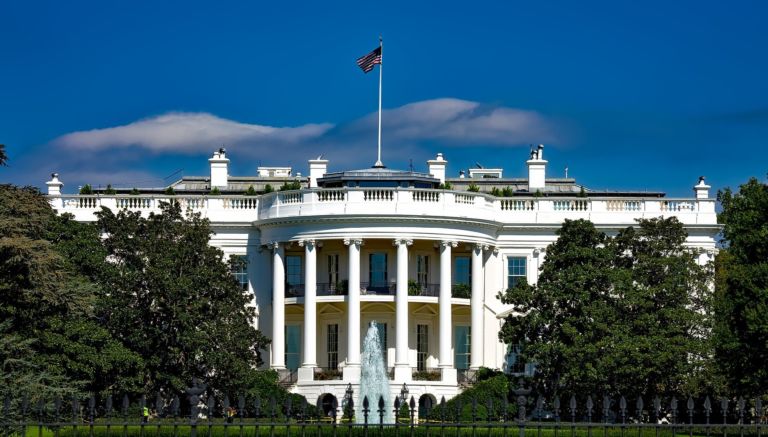Mark Binker’s story “School funding debate meets reality in classrooms” begins with a tale of woe from Vance County.
The principal at Aycock Elementary School in Vance County would like to replace world maps that are out of date and science textbooks that were current when she was a classroom teacher 13 years ago. But higher priority goes to figuring out how to provide students with worksheets for reading and math classes without the money to buy new workbooks and a school supply budget that means copies have to be rationed among teachers.
Yes, let’s talk about Vance County Schools for a few minutes. In 2012, Vance spent $9,475 per student on operating expenses, over $1,000 more per student than the state average of $8,436. Vance received more per pupil money from the state than over 80 districts across North Carolina.
And what did that money buy? Vance’s graduation rate was 64.9 percent last year, far below the state average of 82.5 percent. In fact, Vance had the lowest district graduation rate in the state. In an earlier story, WRAL reported that Vance County Schools Superintendent Ronald Gregory “couldn’t be reached for comment.” I wonder why.
Let’s look at another angle. Vance Charter School spent $7,208 per student in 2012. That is over $2,000 less per student than the district in which it resides. Vance Charter School spent less than nearly 80 of North Carolina’s 101 charter schools operating that year.
Vance Charter School is a K-8 school, so it does not have a graduation rate. According to state testing results from the 2011-12 school year, 83.9 percent of Vance Charter students passed state end-of-grade reading tests and 92.3 percent passed state math exams. Students in the Vance County Schools did not fare as well. Only 57.0 percent of them passed state reading assessments and 73.4 percent passed end-of-grade math tests. Both were lower than the state average.
In terms of low-income student test scores, Vance Charter students had a math and reading composite pass rate of 71.2 percent, compared to 49.2 percent for the district.
Over the next two weeks or so, you’ll notice that WRAL and their partners in crime will spend little time assessing the relationship between spending and outcomes. It does not fit their narrative. And make no mistake about it – the mainstream media’s goal is to sustain the narrative that Republican legislators shortchanged North Carolina’s public schools.


